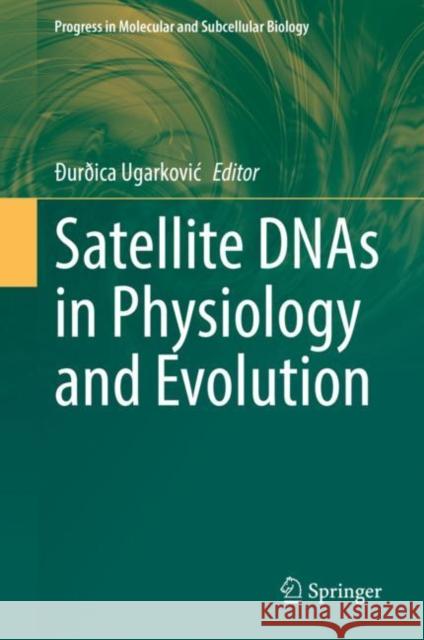Satellite Dnas in Physiology and Evolution » książka
topmenu
Satellite Dnas in Physiology and Evolution
ISBN-13: 9783030748883 / Angielski / Twarda / 2021 / 234 str.
Kategorie:
Kategorie BISAC:
Wydawca:
Springer
Seria wydawnicza:
Język:
Angielski
ISBN-13:
9783030748883
Rok wydania:
2021
Wydanie:
2021
Numer serii:
000038507
Ilość stron:
234
Waga:
0.54 kg
Wymiary:
23.88 x 20.32 x 1.52
Oprawa:
Twarda
Wolumenów:
01











